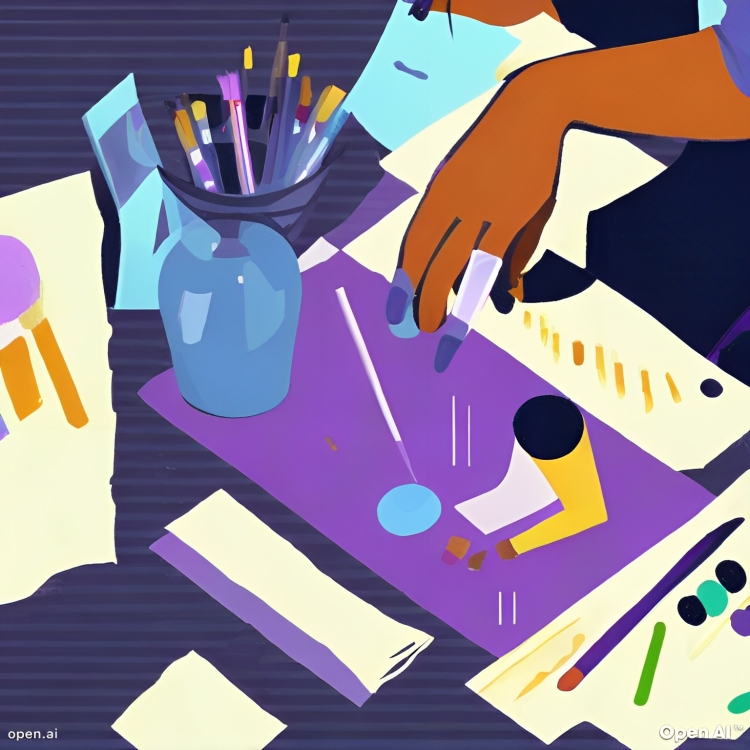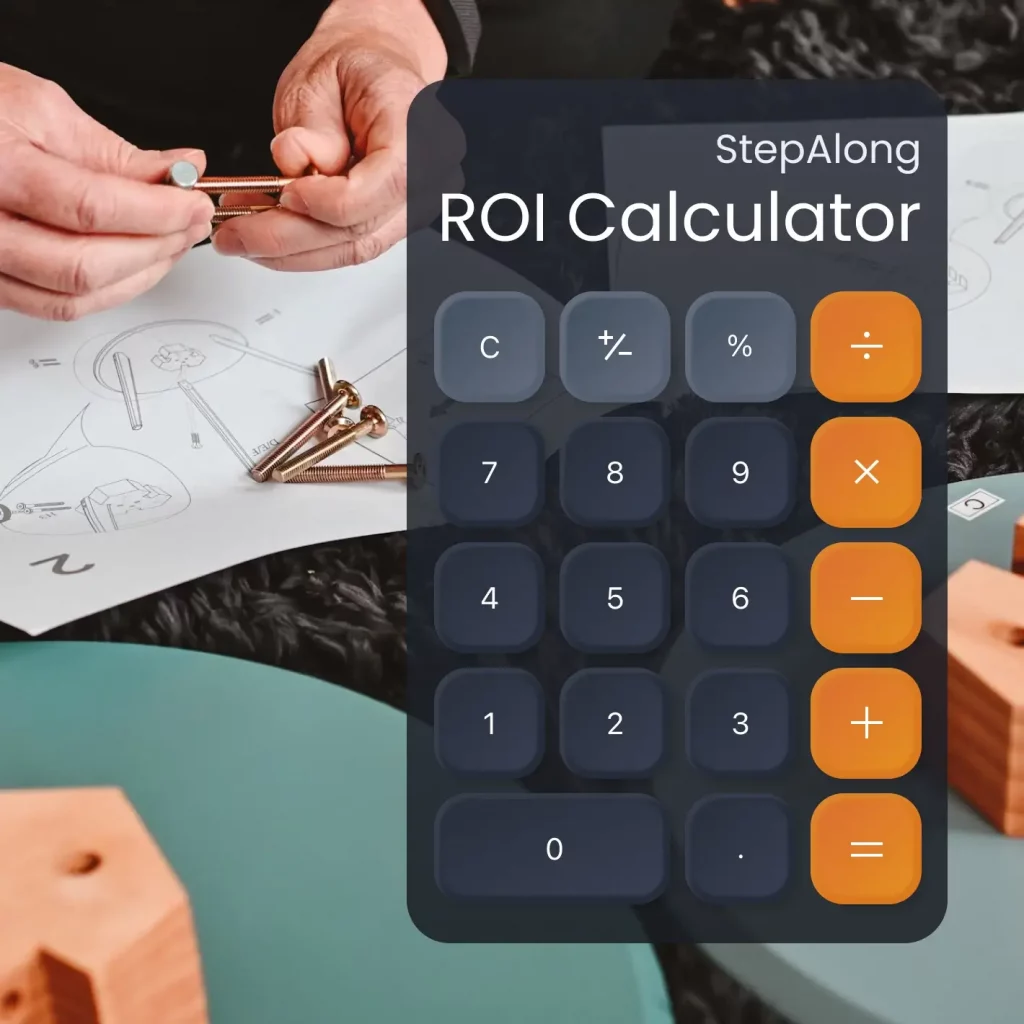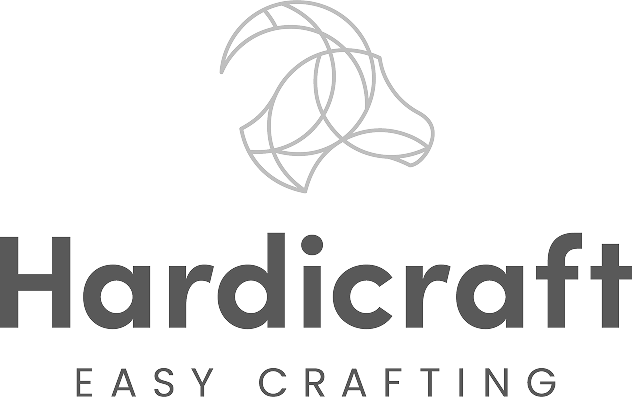
Text, video and photo allow us to create many kinds of instructional content, adapting depending on the desired target audience, platform, etc. However, we have not yet discussed a format that is especially common for product instructions: illustration.
Illustrated content is customizable in accordance with a company’s brand and visual identity. But to create effective content that leads to successful results, it is crucial that the illustrations maintain a certain quality.
Advantages
Producer
- Continuity: With the help of illustrations, we can be continuous in the layout of our how-tos. A great example is LEGO’s instructions which follow the same perspective, viewpoint and color tones in their illustrations.
- Visual Identity: Illustrations allow producers to create instructions that align with a company’s visual identity. When the users recognize the brand through instructions, it reinforces that the instructions were carefully crafted and considered an integral part of the selling process. Instructions are often overlooked and forgotten, but we see them as the last mile of your customer experience.
User
- Universal Language: Unlike text, illustrations communicate information through visual representation, making them a universal form of communication that can be understood by people of all backgrounds and cultures. IKEA uses the same illustrated manuals for their products all around the world, meaning that they have to translate only the safety and contact instructions and nothing else.
- Simplify Complex Instructions: Steps can be broken down into more comprehensible components and can contain only the most necessary elements. In comparison to photos where the user can easily get distracted by objects in the background.
Disadvantages
Producer
- Time-Consuming: Specialized skills are required when creating illustrations of a certain quality. The creation process is more challenging and time-consuming compared to other formats.
- Difficult To Adjust: Suggest that a part of the product that you are selling changes in its appearance. You will need to adjust your instructions in line with the changes. The process of modifying an entire illustration will be significantly larger than the equivalent change in text.
- Not For All Tasks: Some tasks, particularly those with numerous steps or lots of detail, may be difficult to illustrate. Steps involving time-sensitive actions (like recipes and chemical processes) work better in video format.
- Limitations: Certain elements such as texture, taste and smell are difficult or nearly impossible to describe with illustrations. Supporting text can in those cases help convey desired information.
User
- Misinterpretation: If not illustrated accurately, detailed or clearly enough, the users might misinterpret the procedure and confusion, error or even safety hazards can appear.
- Culturally Specific: Illustrations depend on the culture and context in which they are created. Certain colors or symbols that are considered common or universal in one culture may carry entirely different meanings in another. For instance, pedestrian signals differ depending on geographic location.
- Accessibility: People with visual impairments will experience difficulties perceiving illustrated instructions. You can provide alternatives like audio, alt text or image descriptions to make your content accessible to people with blindness and low vision.
Examples
How-To Assemble String Pocket
How-To Tie A Tie
Cool Tools For Illustrators
Online Courses
Learn Adobe Illustrator: Fundamentals for Beginners – SkillShare
Technical Drawing Techniques for 3D Representation – Domestika




